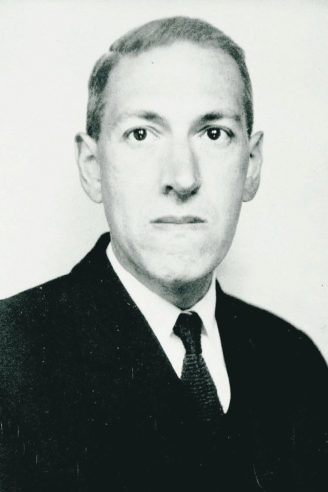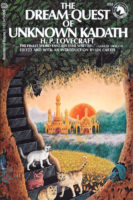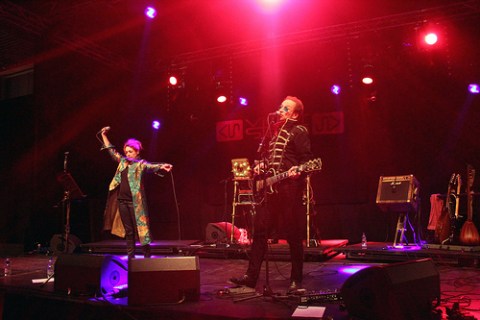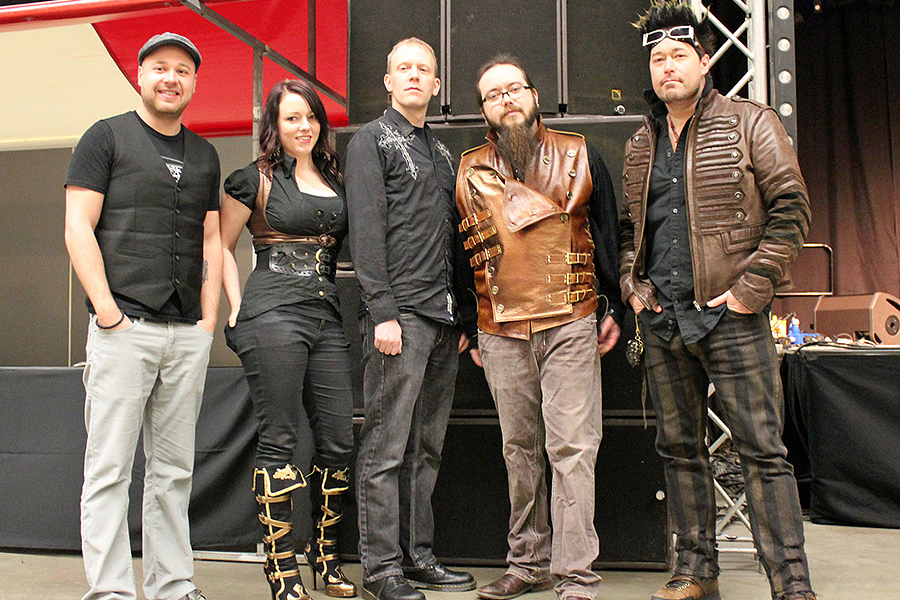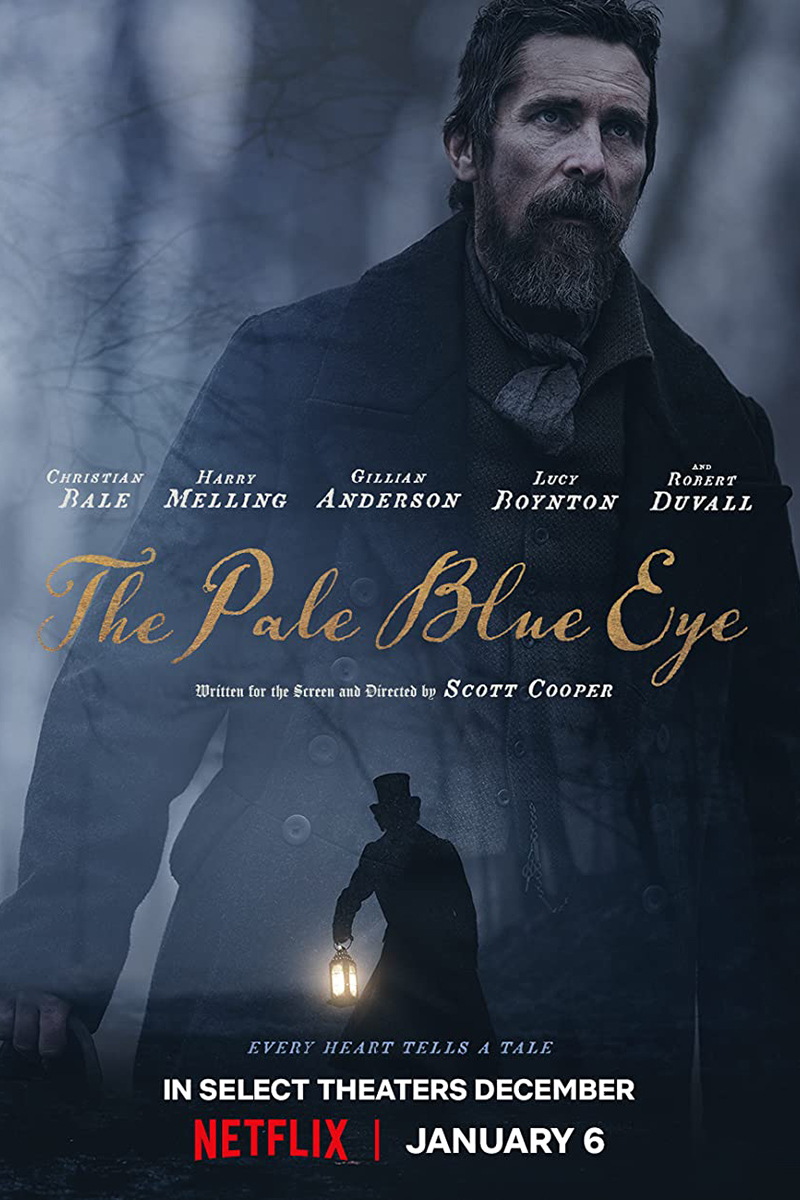Howard Phillips Lovecraft was born into a rather wealthy New England family and enjoyed a comparably happy childhood. Comparably, because he was a sickly child, his health remained frail all his life and because his father died when he was five years old.
Lovecraft was also a prodigious child, capable of reciting short poems by 2 and able to read by 3 years of age.
This early ability to read later helped him to study on his own when illness prevented him from attending school for any length of time. His favorite book and main inspiration during his childhood was Arabian Nights, from which he would eventually draw the inspiration for one of his most famous characters: The mad Arab Abdul Alhazred, author of the dreaded Necronomicon.
Eccentric
In 1904, when Lovecraft was 14 years old, the wealth of his family had dwindled and they had to move out of their estate, into a small apartment in Providence, Rhode Island. This experience affected Lovecraft severely and, as his biographer L. Sprague de Camp notes, he contemplated suicide for a while.
In retrospect, the loss of his father and his home may well have had an influence on the nihilistic worldview present in his fiction. During this time, he started his career as a writer. He first published as a columnist in the Pawtuxet Valley Gleaner, a local newspaper, in 1906. His first published Cthulhu Mythos-related story was “Dagon”, featured in the magazine Vagrant in 1919.
Never learning a trade, Lovecraft supported himself mostly by ghostwriting stories for others. Among his clients was Harry Houdini for whom he penned Imprisoned with the Pharaohs (1924). His own work was published too sporadically to grant any sort of regular income.
He was married once, from 1924 to 1926, to Sonia Greene, a fellow amateur writer. During the time of their marriage, the couple lived in New York, a city Lovecraft despised. After separating from his wife, he returned to Providence, where he stayed with his aunts.
He led the life of an eccentric, sometimes not sleeping for days and eating nothing but chocolate for weeks. Lovecraft was afraid to sleep, fearful of recurring nightmares. In those he would be dragged away by the Night Ghaunts, beings which later featured in his novel The Dream-Quest of Unknown Kadath, to be dropped from high altitude.
Lovecraft died in 1937, probably of kidney cancer. His aunt Annie Gamwell inherited the rights to his works, which she later passed on to August Derleth.
Howard Phillips Lovecraft is buried at the Swan Point Cemetery in Providence, Rhode Island.
The Cthulhu mythos
Most of Lovecraft’s literary work concerns stories revolving around a pantheon of ancient, malevolent and extremely powerful aliens called the Great Old Ones. They in turn are servants, to a greater or lesser degree anyway, to the so-called Outer Gods.
The Outer Gods are fairly obscure and for a mere human there is little difference in the power between Great Old Ones and Outer Gods. The line dividing and defining Outer Gods and Great Old Ones is also blurry, which is partly due to some inconsistencies in the use of the terms by Lovecraft himself and his literary heirs. For example, Shub-Niggurath is described as an Outer Goddess, if something like gender can be applied at all, but she is also the mate of Hastur. He is the father of her children, the Dark Young of Shub-Niggurath, and a Great Old One. He is said to be the brother or cousin of Cthulhu, but sources differ concerning the nature of their relationship.
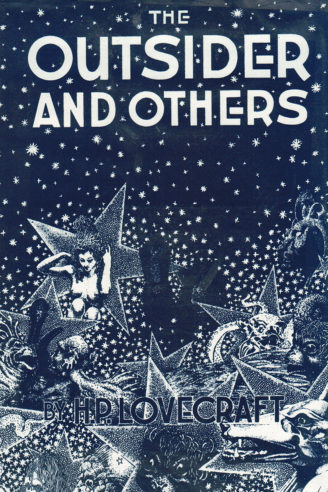
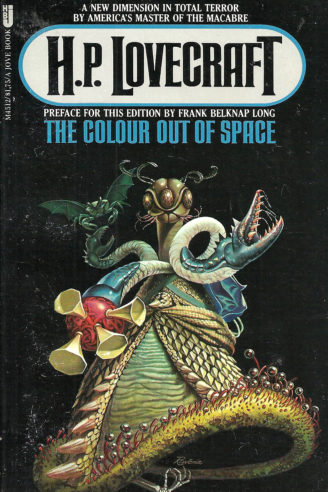
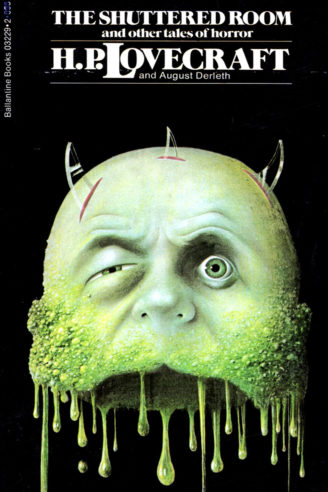
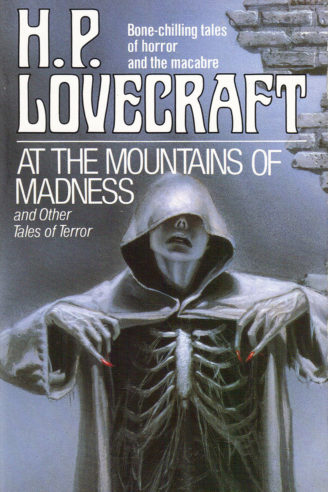
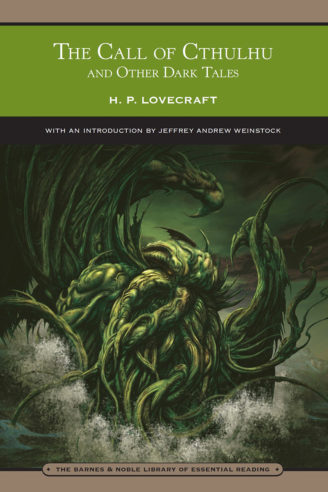
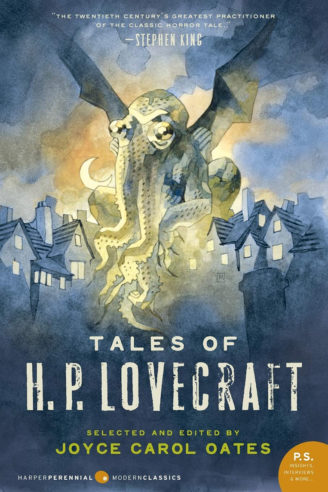
The Cthulhu Mythos also encompasses an almost complete alternate history of Earth (in which life is created more or less by accident by the Elder Things) in an alternate dimension called The Dreamlands, into which a dreamer can pass over, and a host of intelligent races which have visited Earth or stayed here, like Cthulhu and his kin and the Mi-Go, or those which emerged on the world long before mankind, like the serpent people.
Even though Lovecraft was a little-known author in his lifetime, he managed to make his influence felt. One of the most prominent authors of the pulp era, Robert E. Howard, creator of Conan the Barbarian, took many motifs from Lovecraft and incorporated them into his own work.
Indeed, among the elements of the Cthulhu Mythos found in the stories about Conan and Kull the Conqueror are the Serpent People, Valusia (the mythical homeland of the Serpent People) and even Cthulhu himself.
Lovecraft’s literature did not find popular acclaim until the late 1950s, when August Derleth published it in an anthology titled The Outsider and Others.
Relation with pulp

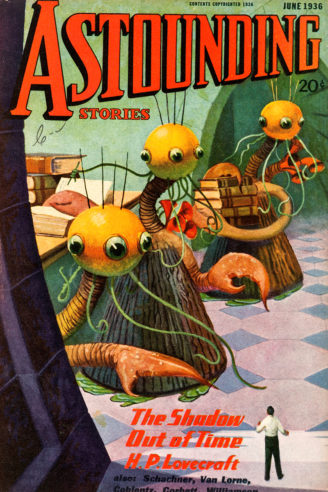
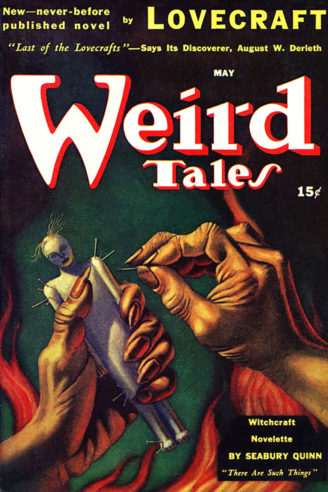
Lovecraft’s tales were published in pulp magazines as Tales of Magic and Mystery to begin with, but his writings are far from the mainstream pulp material of the 1920s and 30s.
Fantasy pulp was dominated by characters like Conan the Barbarian: masculine figures who conquered by force, got all the women and always emerged victorious in the end. Lovecraft’s protagonists, by contrast, are everyday men while women are conspicuously absent other than in the role of witch and antagonist as in “The Thing on the Doorstep.” His characters find themselves confronted with forces they can hardly begin to comprehend.
Also, no story of Lovecraft’s has a happy ending. The protagonists either die, go insane, transform into the very things they fight or become corrupted in some other way.
All in all, the world of the Cthulhu Mythos is dark and ultimately hopeless. Ancient cosmic horrors and secrets better left undiscovered lurk just outside the boundaries of everyday life and will destroy everyone who dares to cross over.
The meme spreads further
The ideas on which the Cthulhu Mythos rests have proven to be quite contagious. They have become a meme and inspired modern masters of the genre, like Ramsey Campbell and Stephen King.
King himself once said about Lovecraft:
I think it is beyond doubt that H.P. Lovecraft has yet to be surpassed as the twentieth century’s greatest practitioner of the classic horror tale.
Terry Pratchett and Neil Gaiman have both borrowed from the Mythos, but in a rather tongue-in-cheek way. Now you can find the dreaded Necrotelecomnicon (the Phonebook of the Dead) in the high-security area for dangerous books in the Unseen University of the Discworld.
Lovecraft’s was also one of the first literary works to be adapted as a role-playing game, Call of Cthulhu by Chaosium (1981), which very likely helped spread its popularity further.
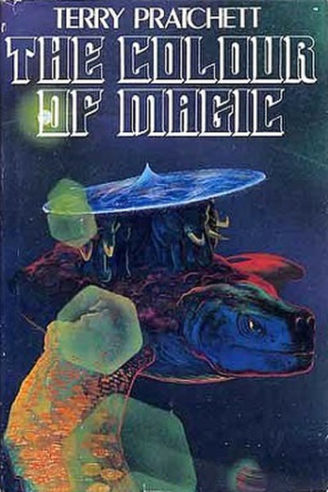
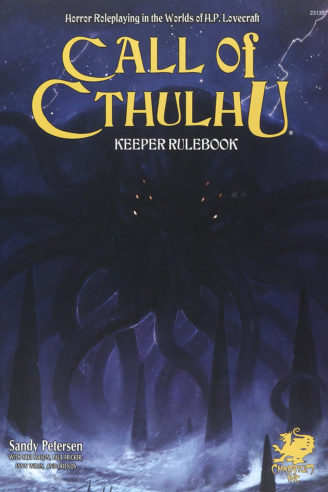
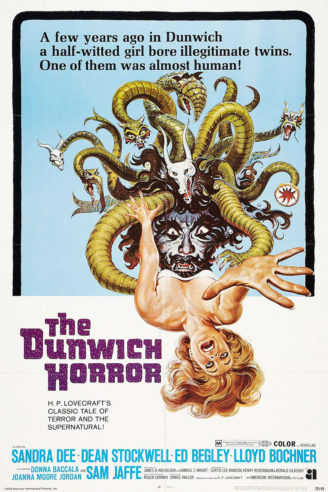
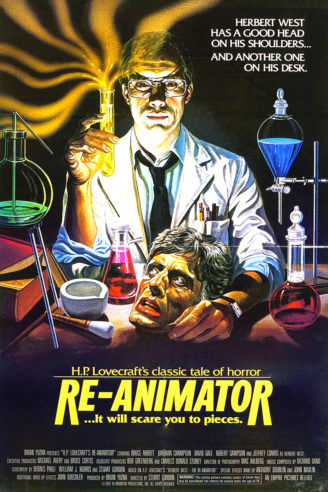
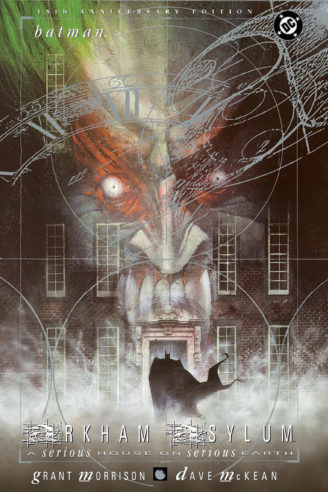
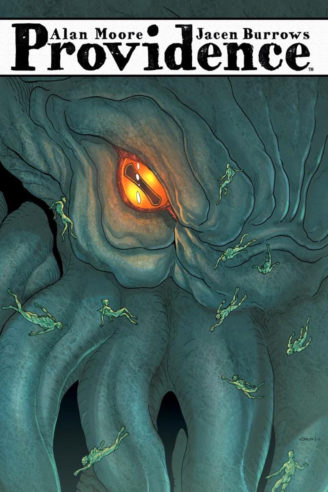
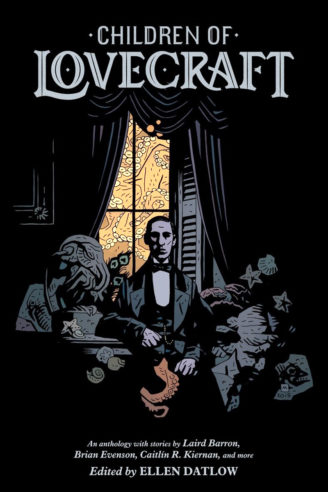
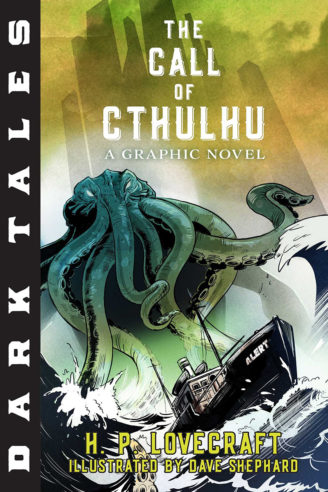
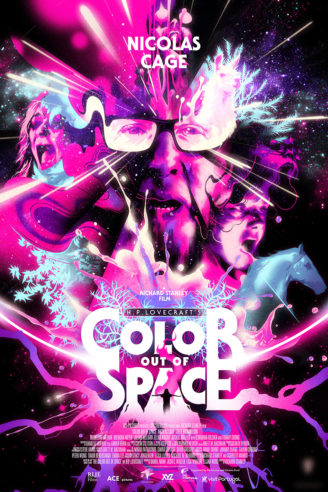
Starting in the 1960s, Lovecraft’s work was used as inspiration for or directly adapted to television and cinema, with varying degrees of faithfulness toward the original material. A number of his short stories have even been adapted into comic books and elements of Lovecraft’s stories have seeped into quite a number of otherwise unrelated graphic novels, including Grant Morrison’s Arkham Asylum (1989).
And last but certainly not least, H.P. Lovecraft has had more influence on the lives of dabblers into the occult than any other author who had no intentions of doing so. Despite his numerous allusions to ancient and evil gods, as well as the occult tomes and powers in his work, Lovecraft himself was an atheist if not a nihilist, convinced that life had no higher meaning. He had no interest in the occult at all.
Legacy
Lovecraft’s most famous fictional book, the dreaded Necronomicon, is available in many different editions, most having nothing but the name in common yet all claim to be the original. Czandor LaVey, founder of the Church of Satan, gets confused in his Satanic Bible and connects Shubb-Niggurath (as “The Black Goat,” one of her titles) with Baphomet. Some even regard Lovecraft as some kind of prophet while those who adhere to Chaos Magic see no wrong in worshipping Cthulhu. So, after more than seventy years, Cthulhu has acquired a real cult. Lovecraft would be amused.
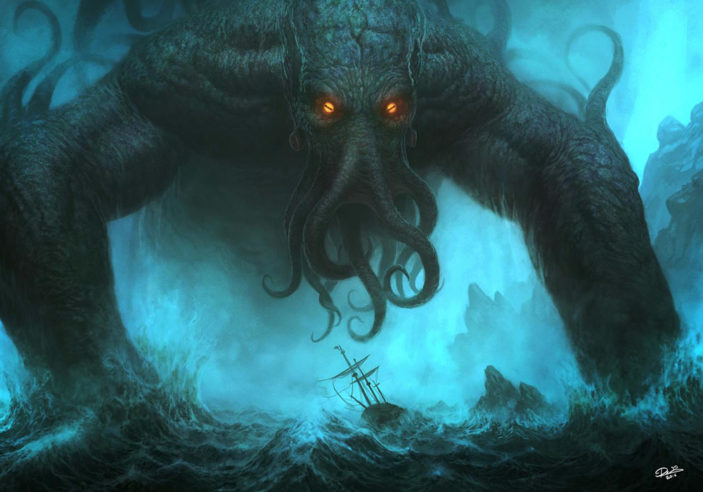
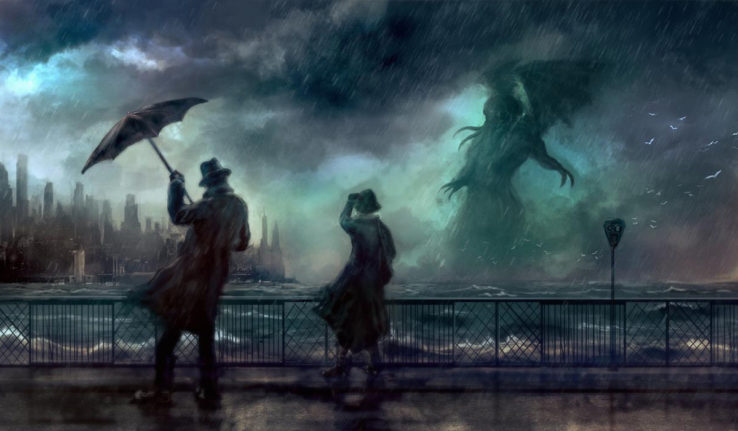
Besides, the darker shades of music (heavy metal and various musical styles related to the Goth scene) have been inspired by Lovecraft’s work, including “The Thing That Should Not Be” by Metallica, “Forseen” by God Module and basically everything performed by The Darkest of the Hillside Thickets. The list goes on.
With the arrival of the Internet it did not take long for the Cthulhu Mythos to took root there, too. The Internet has probably done more for the spread of the Mythos than any other medium. The Lovecraft Community has found its place on the World Wide Web, encompassing amateur writers, like Lovecraft was himself, role-playing enthusiasts and even filmmakers. A simple search on YouTube will produce tons of videos. There is also at least one Cthulhu-themed MMORPG and a host of other computer games either directly related to the Mythos or inspired by it.
There should be no doubt that few modern authors can claim to hold so much influence on the work of others.
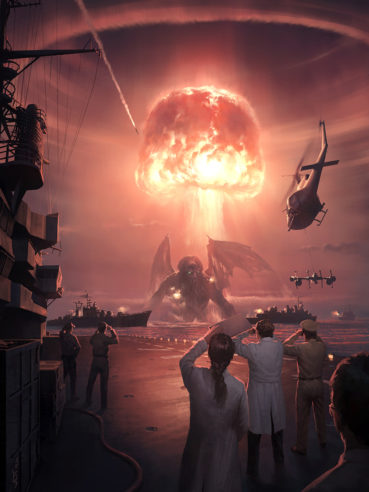
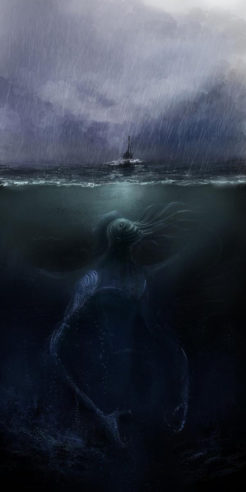
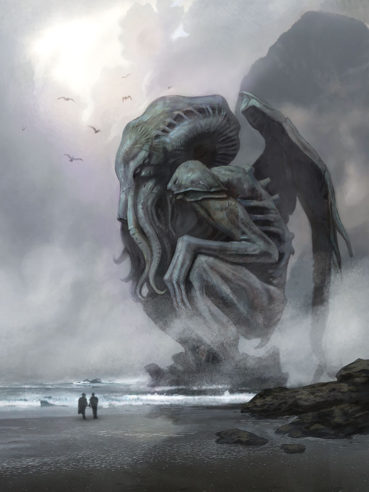
Here is a strange and rather fitting analogy between Lovecraft and Cthulhu. Both are dead, but as Cthulhu does in fiction, so does Lovecraft in real life: Their dreams still influence the world around them. The dreamer is dead, yet the dream continues.
This story first appeared in Gatehouse Gazette 8 (September 2009), p. 7-9, with the headline “Master of the Genre in Death: H.P. Lovecraft”.

